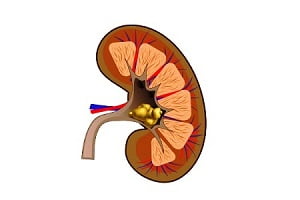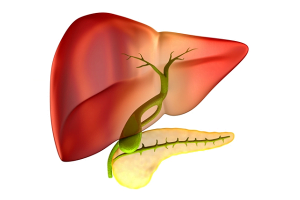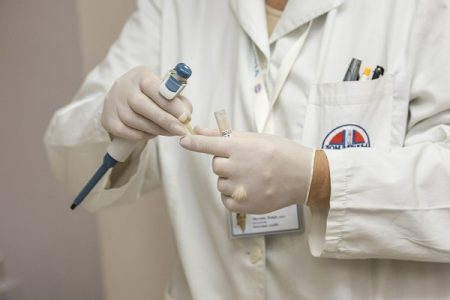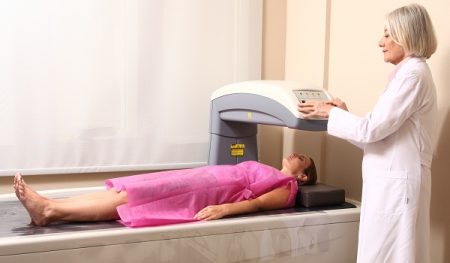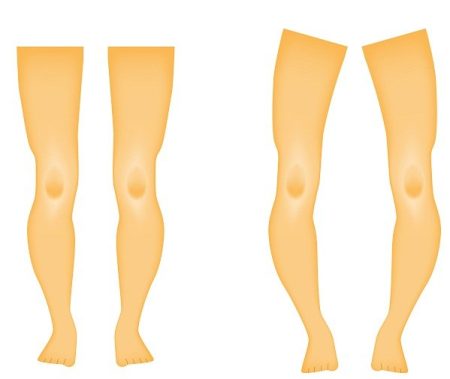The increasing number of rickets cases is an alarm that children should be provided with proper nutrition to avoid such serious disorders. Symptoms of rickets can be observed in growing children.
Rickets is a bone weakening disorder which results in under-developed growth of bones, broken bones and bow legs in children. The main reason for the occurrence of this bone disorder is lack of nutritional requirement (mainly vitamin D and calcium). Rickets is often associated with Osteomalacia as both occur due to insufficiency or deficiency of vitamin D. The main difference between these two problems is that while Rickets occurs in children, osteomalacia is an adult disease.
Vitamin D insufficiency can be detected through an assay of serum 25-hydroxyvitamin D (25-OHD) and can be treated by using high-strength calciferol (ergocalciferol or colecalciferol) for about 10 weeks.
Prevalence of Rickets: Is it making its way back?
Researchers fear that rickets is returning at a very alarming rate. In 1940s, rickets was a severe childhood problem with very high number of cases but before mid 1990s, the number of cases of rickets was calculated to be a few only. In today’s time, Rickets is again recognized as a serious problem and therefore awareness can be beneficial in reducing its impact worldwide. Although, no data can reflect the exactly number of cases, but certainly, it defines the scenario or epidemics of the disease.
A study conducted in Minnesota, United States, revealed that of about 750 children, 23 had evidence of rickets and about 15 of these children were found to suffer from nutritional rickets. These children suffered from poor growth, leg deformity, motor delay, leg pain, weakness, and hypocalcemia or tetany. In another study conducted in Bradford in 2009/10, the number of children diagnosed with rickets was about 20 which unfortunately increased to 105 in 2013/14 and this was considered as a massive problem.
In Sydney, a study was conducted for a period of 11 years from 1993 to 2003 which provided an analysis on changing number of cases of rickets. It was observed that the cases doubled from 2000 to 2003. Mid 90s was observed to have minimum cases of rickets. This study also helped in understanding why more than 70% of the children with rickets show symptoms below 3 years of age. The study also identified that more that 35% of the cases originated in Indian subcontinent, about 30% in Africa, and 10% in the Middle East (11%).
Several researches estimated that rickets is more prevalent in males. A recent guideline by the American Academy of Pediatrics recommended that all infants should consume a minimum of 200 IU of vitamin D daily, starting from the first 2-3 months of life till adolescence for healthy body and also to reduce the number of cases of bone weakening disorders.
Recommended Reading:
Neonatal hypocalcaemia or Hypocalcemia in Newborn (Paediatric Hypocalcaemia)
Calcium-rich Foods: What Food is High in Calcium?
What can help to reduce rickets cases?
In the United Kingdom, the frequency of cases almost doubled between 1997 and 2011. It seems that rickets has made its way back. Doctors all over the world are trying to enlighten people that deficiency of vitamin D leads to bone problems in children. Due to environmental factors and lack of nutrients, several of these diseases can be triggered. Doctors believe that excessive breast feeding and lack of sunlight can be enhancing factors for rickets in children. Breast milk is supposed to contain very low level of vitamin D and therefore fortified mild formulas are recommended for infants after a few months of birth. Sunlight should be given to children as it is a natural source of vitamin D. In many countries, kids do not get enough sunlight, therefore supplements become a necessity.
